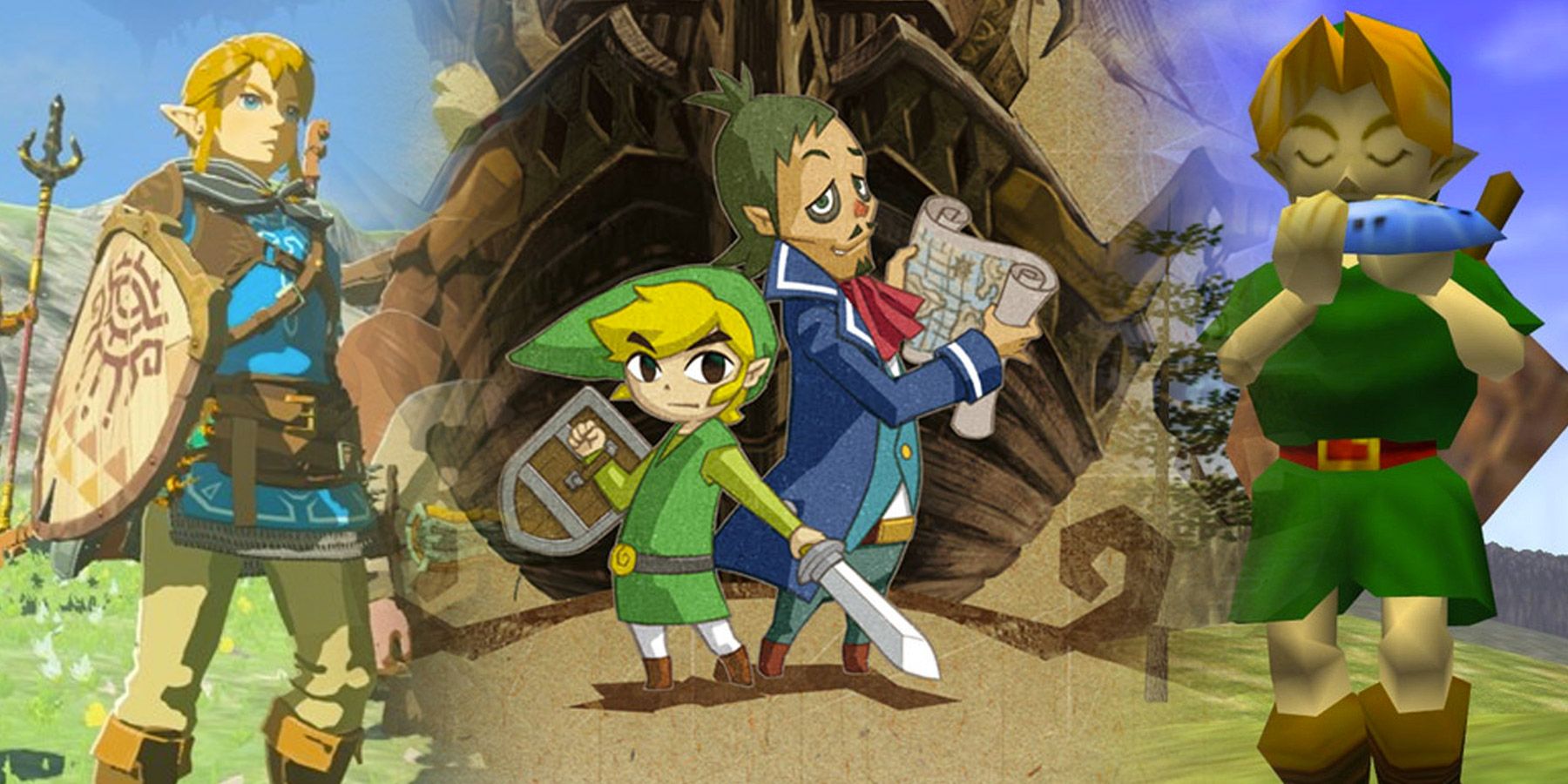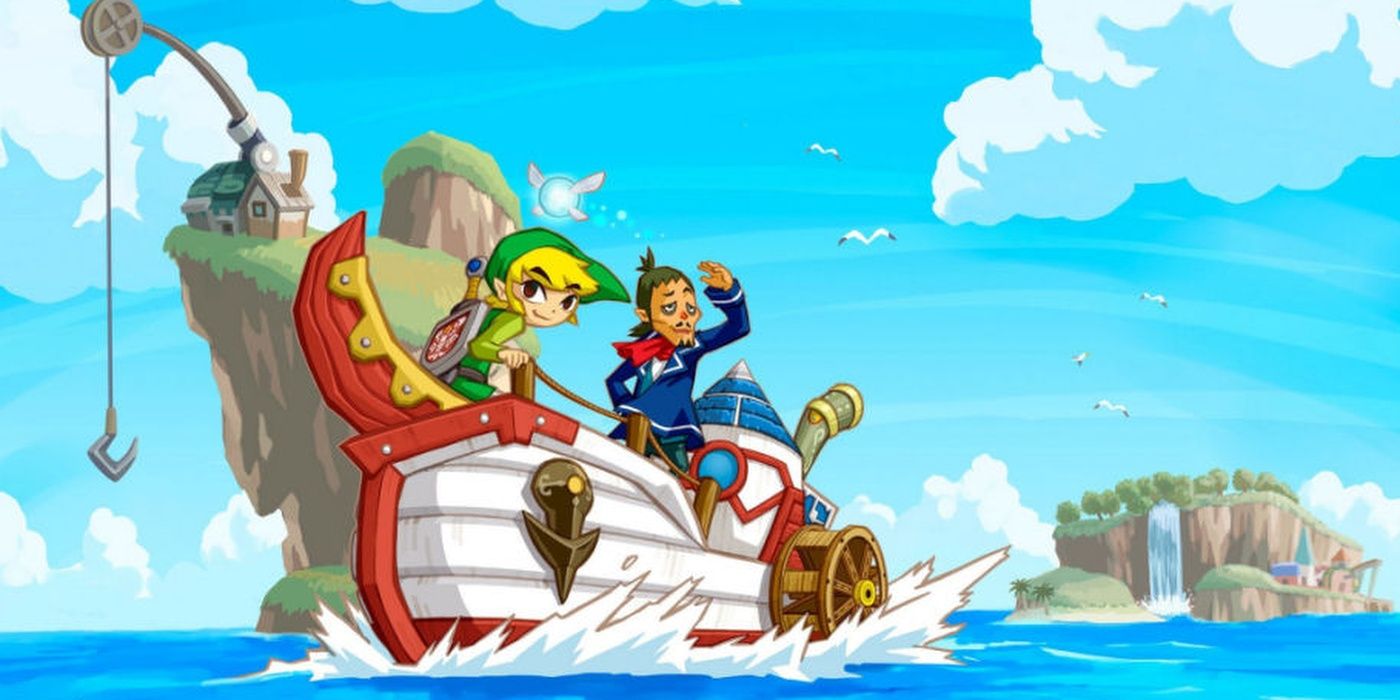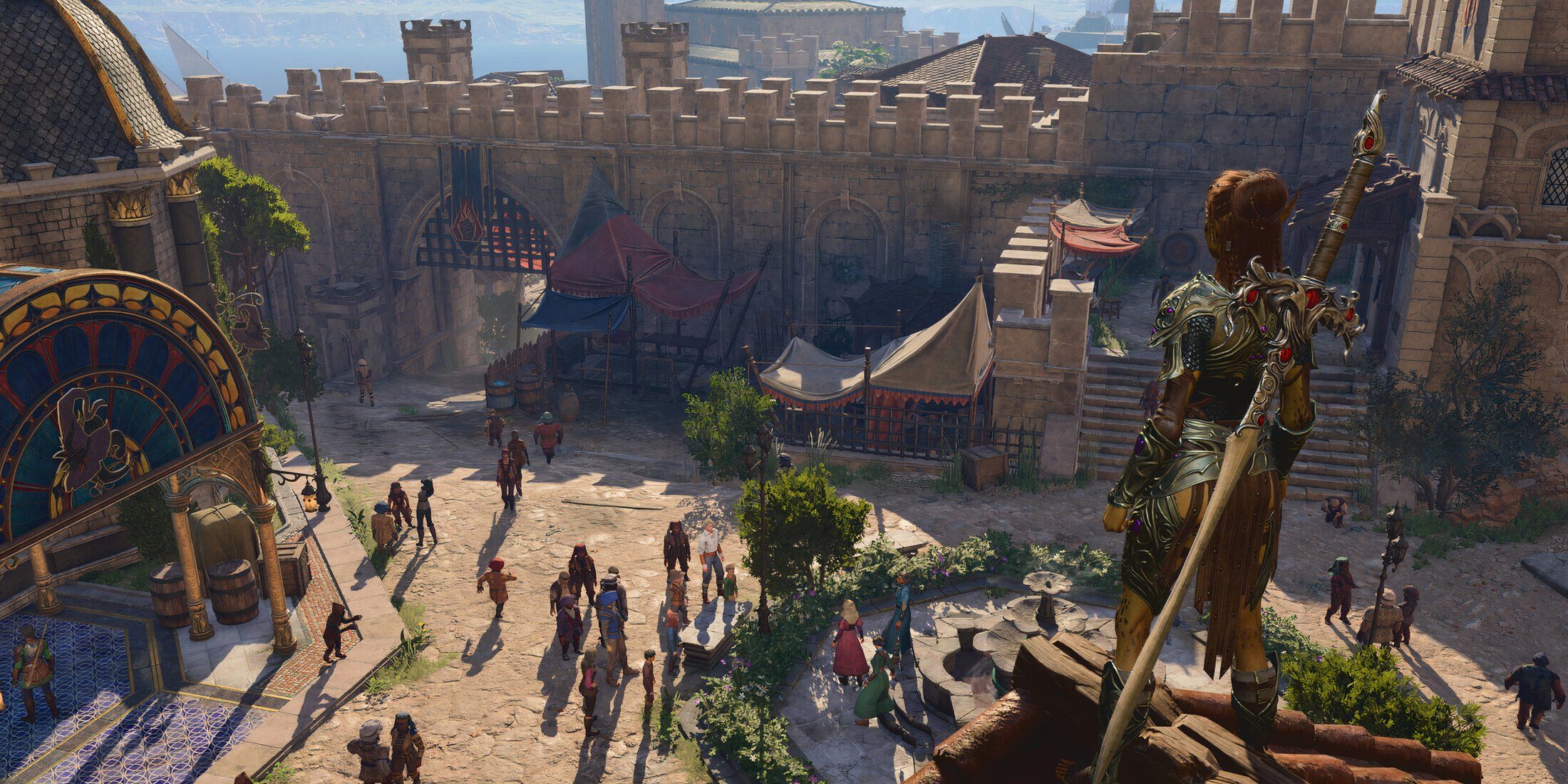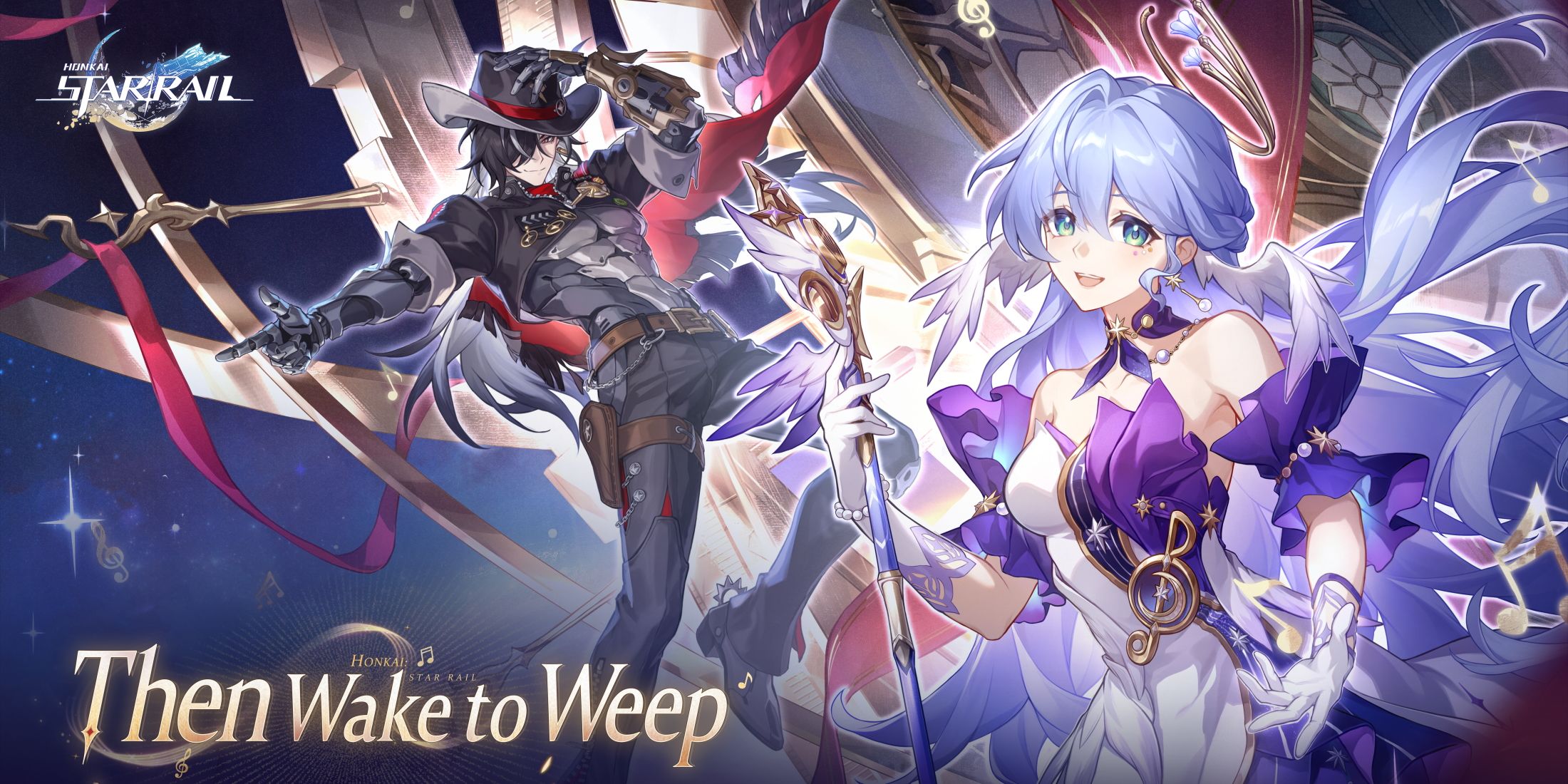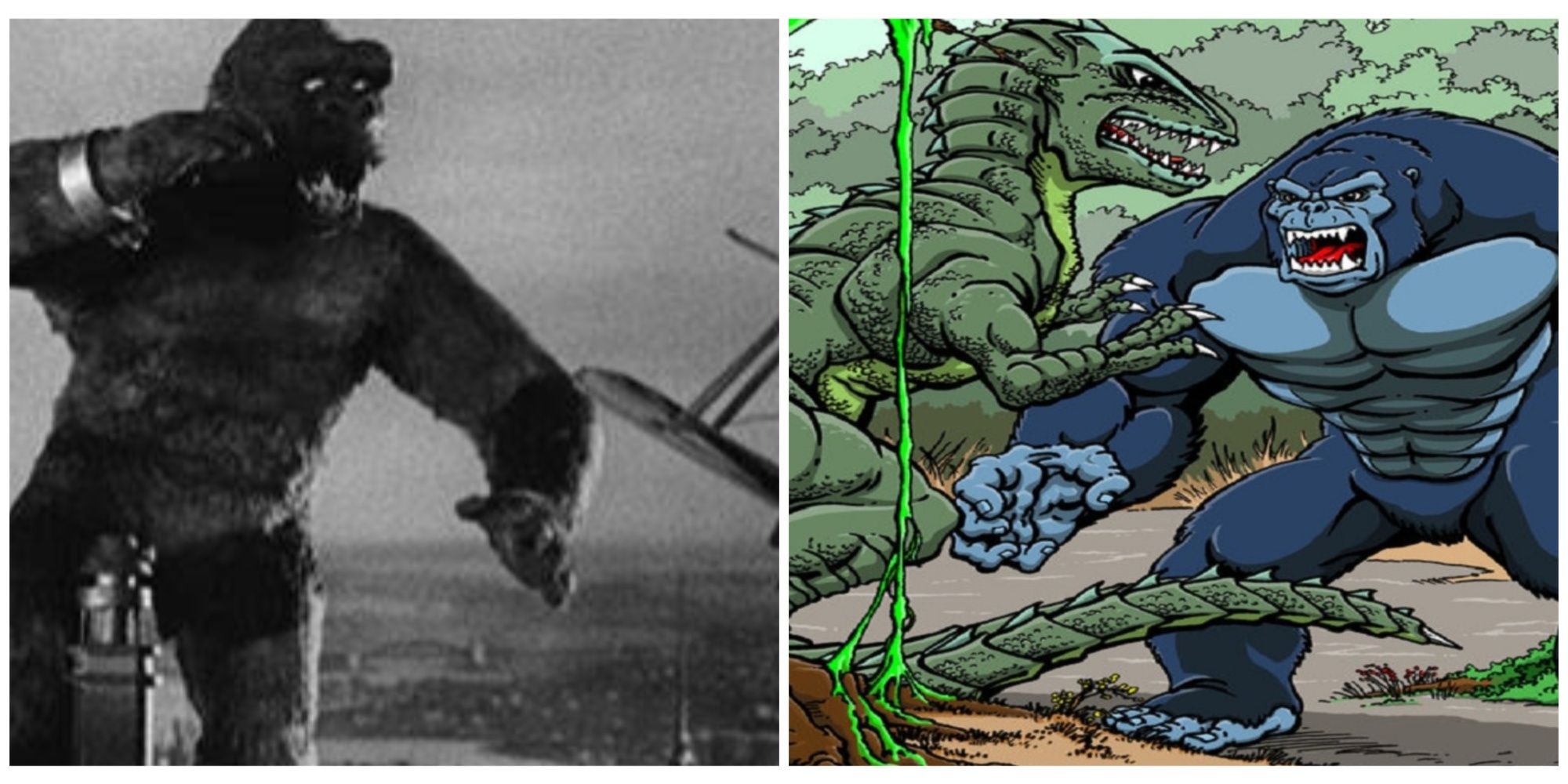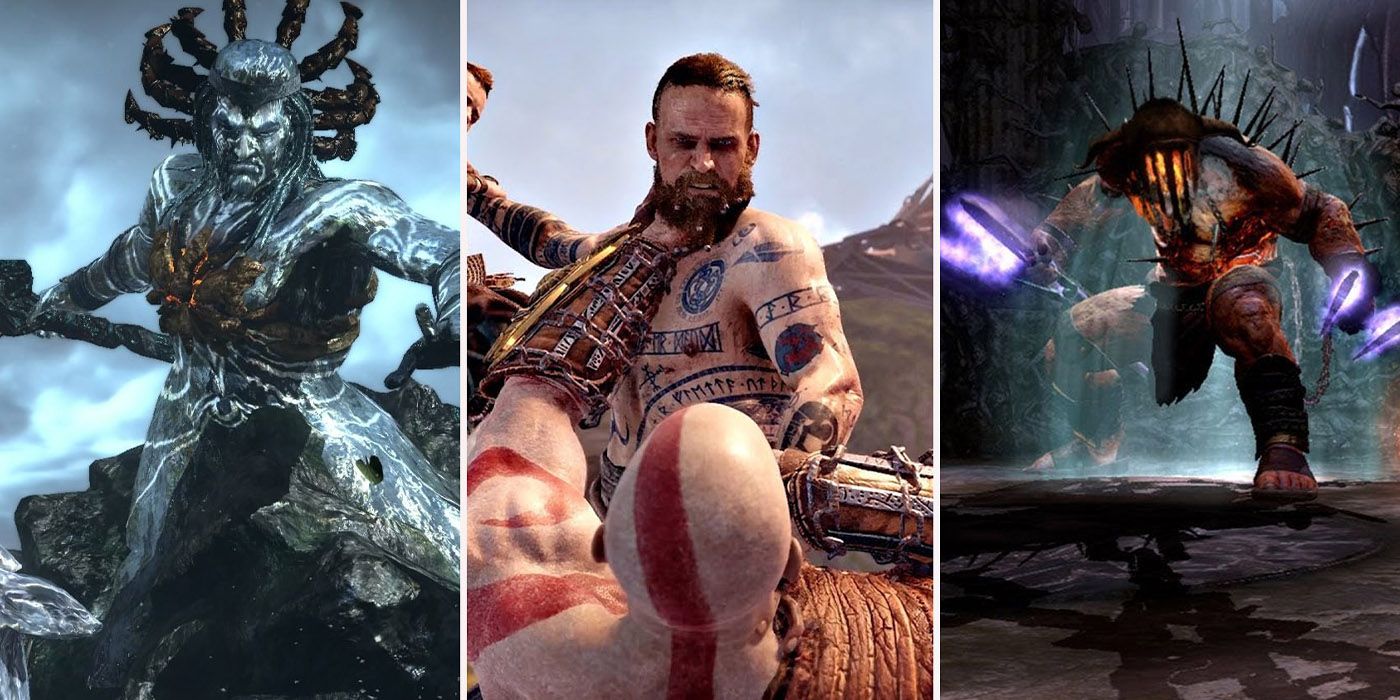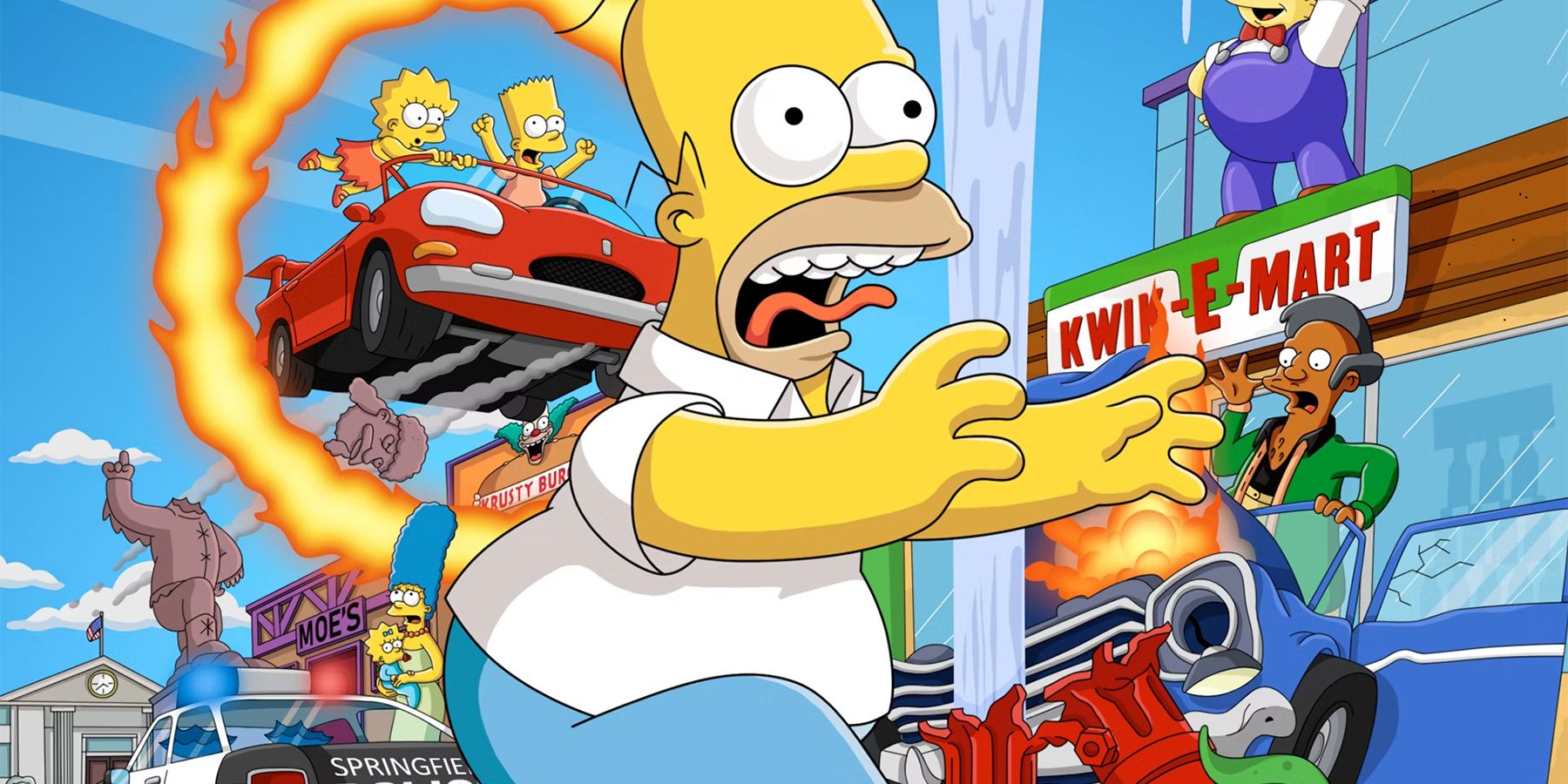MINOR SPOILERS AHEAD for The Legend of Zelda: Phantom Hourglass
When it comes to The Legend of Zelda franchise, there isn’t a bad game (except for the second one). Years later, fans still reminisce about some of its best, most popular games like Ocarina of Time, Majora’s Mask, Wind Waker, A Link to the Past, and many others, and it’s a safe bet that many fans will remember Breath of the Wild and Tears of the Kingdom for years to come too. Their launches were massive celebrations among the community, with new things being accomplished in both to this day. The Legend of Zelda: Phantom Hourglass deserves to stand among these titans, but all too often, it ends up being one of the franchise’s more forgotten titles.
The Legend of Zelda: Phantom Hourglass is a direct sequel to Wind Waker, just as Majora’s Mask is to Ocarina of Time and Tears of the Kingdom is to Breath of the Wild. In it, Tetra is kidnapped by a Ghost Ship that sees players attempt her rescue, while being aided by a memory-addled fairy, a mysterious old man who knows more than he lets on at first, and a fabled, yet cowardly sailor named Linebeck. This all ends, of course, with Link saving the day, rescuing Tetra, and defeating a unique threat to the world. It doesn’t retreat Ganondorf’s story, and while it is a classic that’s in nearly every game, this feels like a breath of fresh air compared to some other Zelda games and their storytelling.
One Palworld Feature is Zelda: BotW, TotK All Over Again
One divisive feature from Breath of the Wild and Tears of the Kingdom seems to have unfortunately found its way into Palworld.
Zelda: Phantom Hourglass is Critically Acclaimed, But Commonly Denied
The simple truth is The Legend of Zelda franchise isn’t defined by good games, but genre-defining great games. There are several Legend of Zelda games with a higher-than-90 Metascore on aggregator Metacritic, and, notably, Phantom Hourglass is one of them. It may not compete with Ocarina of Time‘s 99, but it received critical acclaim and a 90 Metascore, something many DS games and games in general would kill for. It won several Game of the Year/Best of the Year awards for the handheld and in general, and that has only continued to be recognized since. Yet, it still seemingly plays second fiddle in the public consciousness to its other games. It is a giant, standing among even bigger giants, but it is still a giant nonetheless.
No game is perfect, and there is valid criticism of every Zelda game, including Ocarina of Time and Breath of the Wild/Tears of the Kingdom. There are three areas of gameplay where Phantom Hourglass received noteworthy, understandable criticism. The first is that it is more casual than other Zelda games, which is true; however, this is something that has only improved the game as it ages. Casual, cozy games have been on the rise for several years, and that’s exactly what Phantom Hourglass is: it’s a cozy-styled Zelda game. The other two were tied to its ship gameplay, as well as its recurring Master Dungeon.
True enough, Phantom Hourglass requires players to run through the Temple of the Ocean King multiple times, getting deeper and deeper into it as players unlock new abilities and story developments. Yet many floors get shorter as players improve their skills, while some can be almost immediately bypassed. Learning the skills to get through it and mastering it helps players master exploration in its world; it’s more of a boon than a detriment, even if it’s understandably repetitive. Meanwhile, the ship gameplay in Phantom Hourglass is just as good as Wind Waker, if not better. In terms of occupying the player, both games do it well, but Phantom Hourglass edges out Wind Waker when it comes to customization of the ship and exploration with it. It never feels like a chore thanks to its smaller scope compared to Wind Waker‘s overworld map.
The good of The Legend of Zelda: Phantom Hourglass far outweighs each of these criticisms, putting them at the bottom of the sea in all it has to offer.
The Best Parts of Zelda: Phantom Hourglass
- A unique and fun story in the franchise
- A sequel that genuinely improves on its already-big predecessor
- Great exploration
- Excellent handheld gameplay that doesn’t really sacrifice anything the franchise is known for
- Great characters
- Expressive graphics
- Fun dungeon designs
- Memorable puzzles (including a beloved one that requires players to close the DS)
This is all to say that plenty of its highlights are known to the greater Legend of Zelda community, but it is all too often set aside as a “byproduct” of the early, experimental days on DS. What this criticism fails to understand is how it was a perfect experiment of the time that, like many other Zelda games, has aged well with modern gaming trends. Even those who don’t enjoy the game can acknowledge it’s not just for them, and that can be true of any Zelda game. Some folks criticize the open-world elements of Breath of the Wild and Tears of the Kingdom and wish a dungeon scheme returned in full; these Switch games are fully as experimental as the DS games, receive just as much praise (if more), and play with more core elements of the franchise than PH did. Yet, Breath of the Wild and Tears of the Kingdom quickly took to the same circles as Ocarina of Time.
Zelda: Phantom Hourglass Deserves All its Flowers
With innovative mechanical and franchise elements, super strong reviews, and few criticisms, Zelda: Phantom Hourglass is just as good as the Switch games, the N64 games, and so forth. Because the franchise is filled with great games, perhaps it can be understandable that it doesn’t rank as high as some of the more instant classics. It can perhaps be seen as an issue of greatness in the overarching franchise. But Zelda: Phantom Hourglass is on par with Ocarina of Time and Tear of the Kingdom and should be treated as such; it’s as fun to play in 2024 as it was at release in 2007.
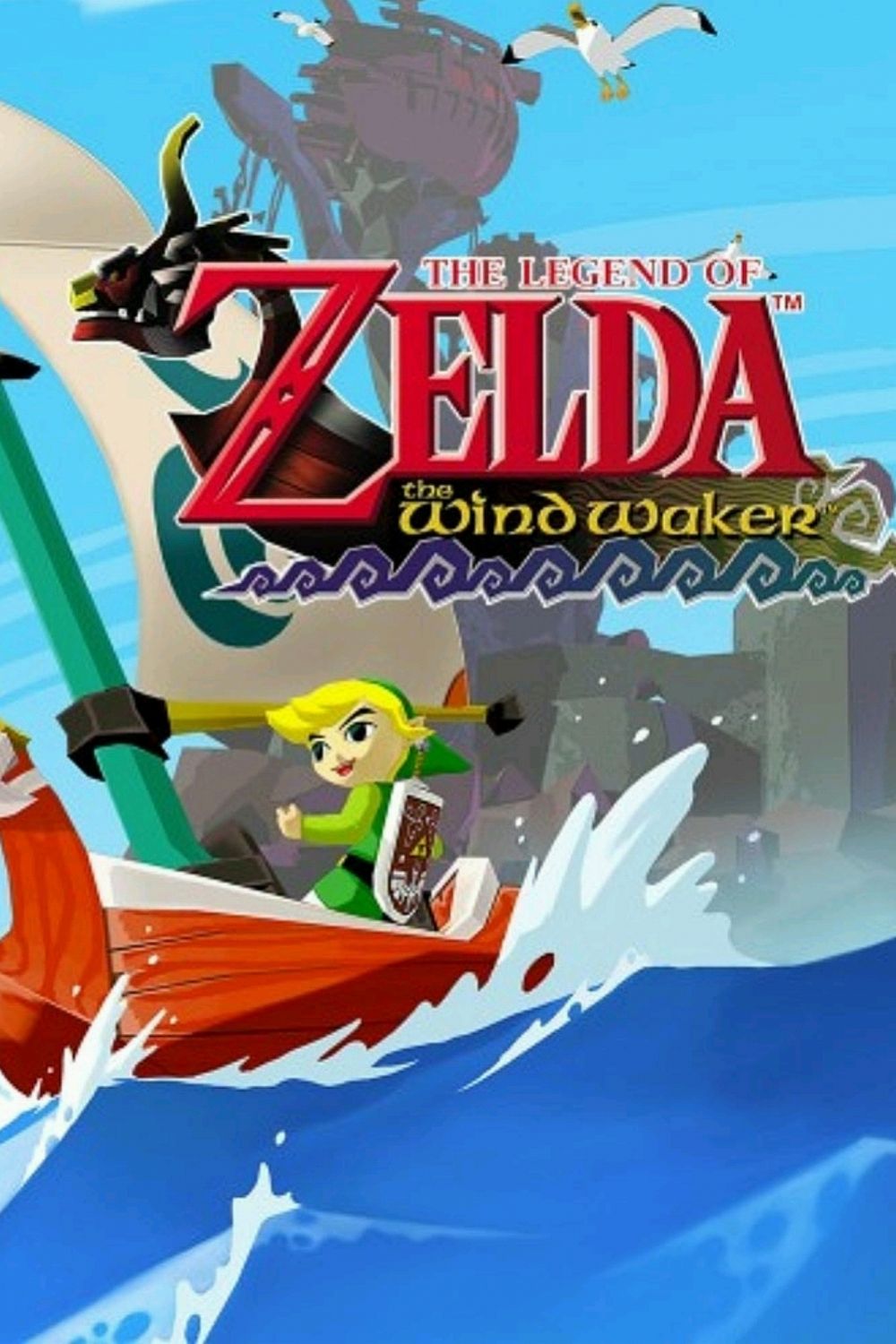
The Legend of Zelda: The Wind Waker
- Released
- March 24, 2003
- Developer(s)
- Nintendo EAD
- Publisher(s)
- Nintendo
- ESRB
- E For Everyone
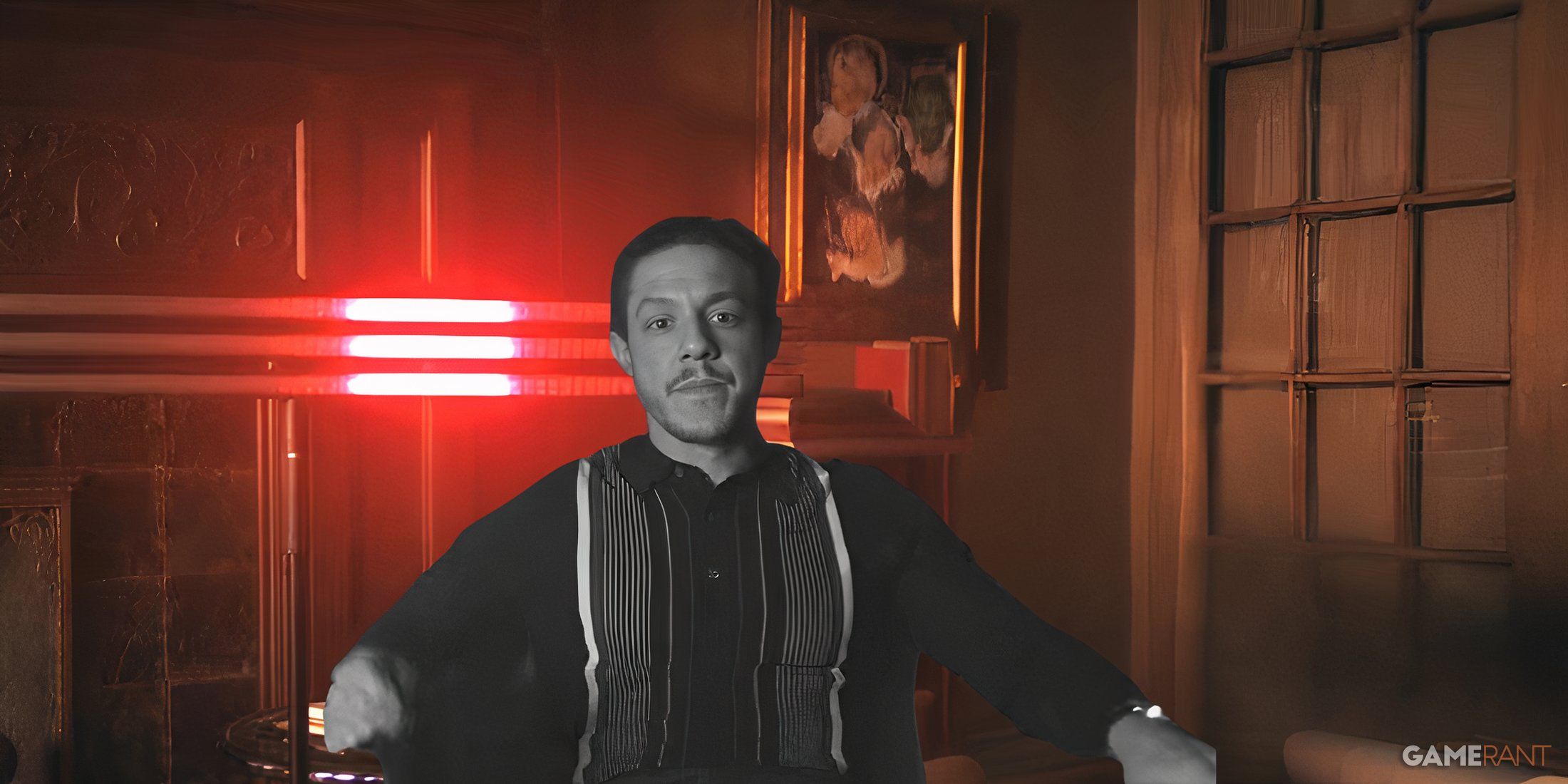
/cdn.vox-cdn.com/uploads/chorus_asset/file/25080261/111323_PlayStation_Portal_ADiBenedetto_0001.jpg)
